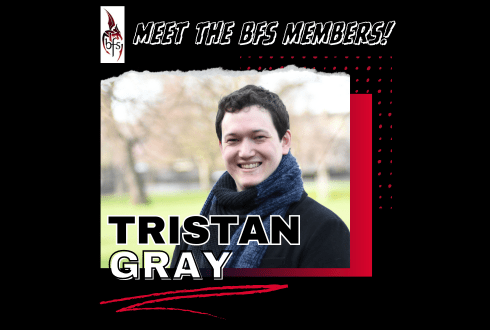Every Friday, we meet a member of the BFS and peer deep into their soul (or, at least, a form they filled out). Want to be featured? Email us: online@britishfantasysociety.org
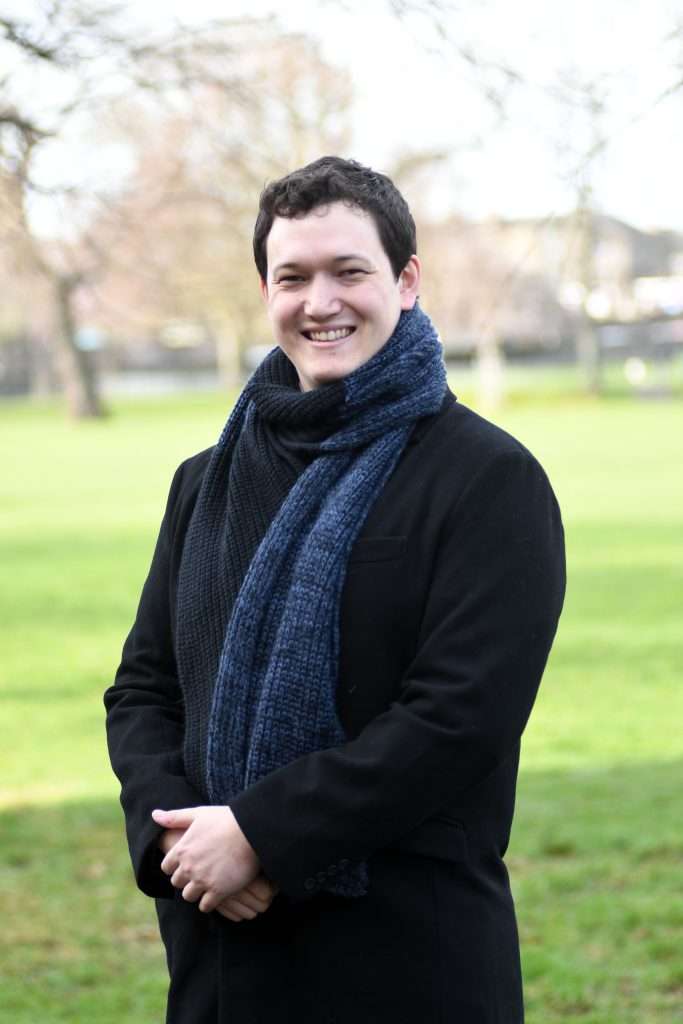
Name, including preferred pronouns:
Tristan Gray (he/they)
Which region are you based in?
Edinburgh, Scotland
If you write, which genre:
Sci-fi & fantasy
If you don’t write, what do you do?
I’m a software engineer in my day job
Are you drawn to any specific SFFH sub-genres?
Dark fantasy and grungy sci-fi
Your influences
Tell us about the book/film/thing that got you into SFFH: What was it? How old were you? What impact did it have on you?
My dad read me SFF books from as early as I could remember but, raised bilingual, I struggled reading myself for a long time. That changed after I was read an excerpt from Magician, then stole it from my dad’s bookshelves and struggled through it for months. Then I picked up the sequel… then the one after that.
And then came the Lord of the Rings trilogy in cinemas, and I was forever hooked!
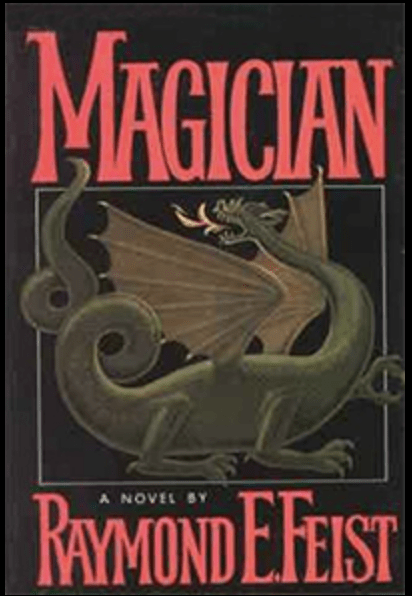
How does that early influence show up in your work now?
Something common to my experience discovering SFF as a kid was a sense of scale—everything was huge and epic and inspired awe in my child’s eyes. That’s something I always aim for in my stories, always to at some point capture that sense of awesome scale. I’m not really one for the pocket-scale tale! Even the smaller stories show a glimpse of something greater.
Where do you draw your creative inspiration from?
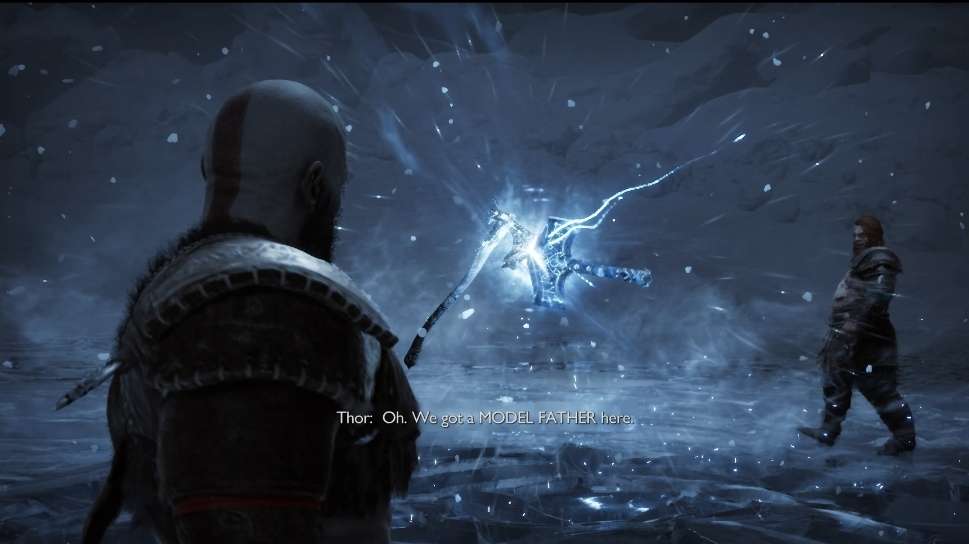
I often get surprised reactions when asked to list the main inspirations for my current series and the top three are video games. Hellblade: Senua’s Sacrifice, God of War, and the Witcher. For me, narrative video games rely hugely on the quality of their storytelling pacing to grip players and that’s always been a huge inspiration to me—how can you ensure you’re pacing the reveal of your world and your narrative arc so that people always want to turn the page.
The visuals of games, TV, and film drive my writing word-to-word. So much of what I do is attempting to bring the vibrancy of visual media to life on the page.
The other primary inspiration for me is the world around me. Whenever I get a chance to travel it’s to places where the landscape will inspire me—from Norwegian Fjords to the wild cliffs of my parent’s Breton home.
Who do you look to as a genre hero? Why?
The late, great, Terry Pratchett (pictured). I’ve always been awe-struck by his talent to pour characterisation and wit into every line of every page, and his stories will never stop being a gold mine of incisive quotes that really strike into the heart of both individual and social issues that everyone faces. His empathy and clear compassion for people from marginalised groups was shared in both his work and his life outside it, a legacy I hope many of our community strive towards.
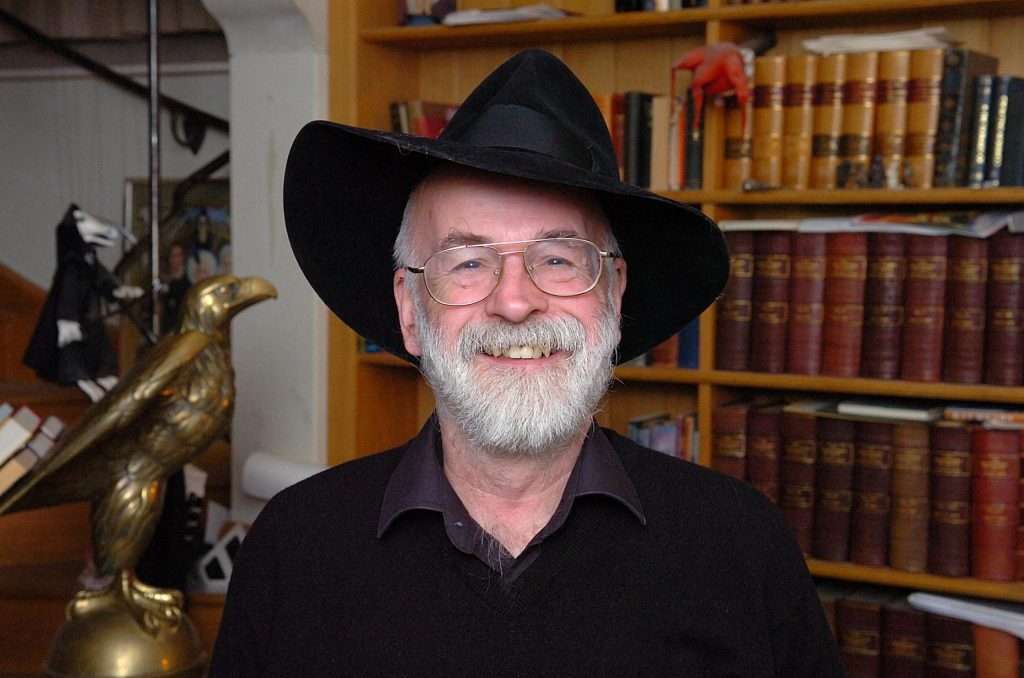
Your work
You’re stuck in an elevator for 60 seconds with that hero, and they want you to describe your work. Give us the pitch.
In between nervous stammers: imagine diving into dark age Scotland, filled with the spirits, fey, and monsters of Gaelic folklore, and surrounded by the peoples and languages of the time. Pour the magics of the stories into the world around you and follow a pair of doomed remnants of a more ancient time: a woman whose home and people were lost, and a blade whose very presence inspires fear in those who know of them. Together they’ll embark on six adventures, gathering companions along the way, all on a mission of revenge they don’t intend to return from.
What are you working on right now?
With the final instalment of my ongoing series coming out—the full compilation is in the hands of my editors ready for a release in August at WorldCon—a complete adventure of Fiadh the Crow, the cursed sword Caerdrich, and her Scots-speaking companion Annis as they travel across the Scotland-inspired setting facing ghosts and monsters of Gaelic folklore.
Once that’s done, for the first time in four years, it’s time for a new project! I have a few things starting to shape up, from another volume in Fiadh’s world to a science fiction resistance tale. I’m excited to see what comes next.
Thinking about all the stories/work you’ve done, what sticks out most in your mind? Why?
I never stop coming back to the scene where Fiadh comes across the Ceasg in the waters beyond the screaming cliffs. Gaelic folklore often has many different depictions of the same creatures from its legends, and I loved having a chance to put my own spin on this one. I had a very clear vision of what I wanted to draw for readers and can only hope they enjoyed the unveiling nearly as much as I did writing it.
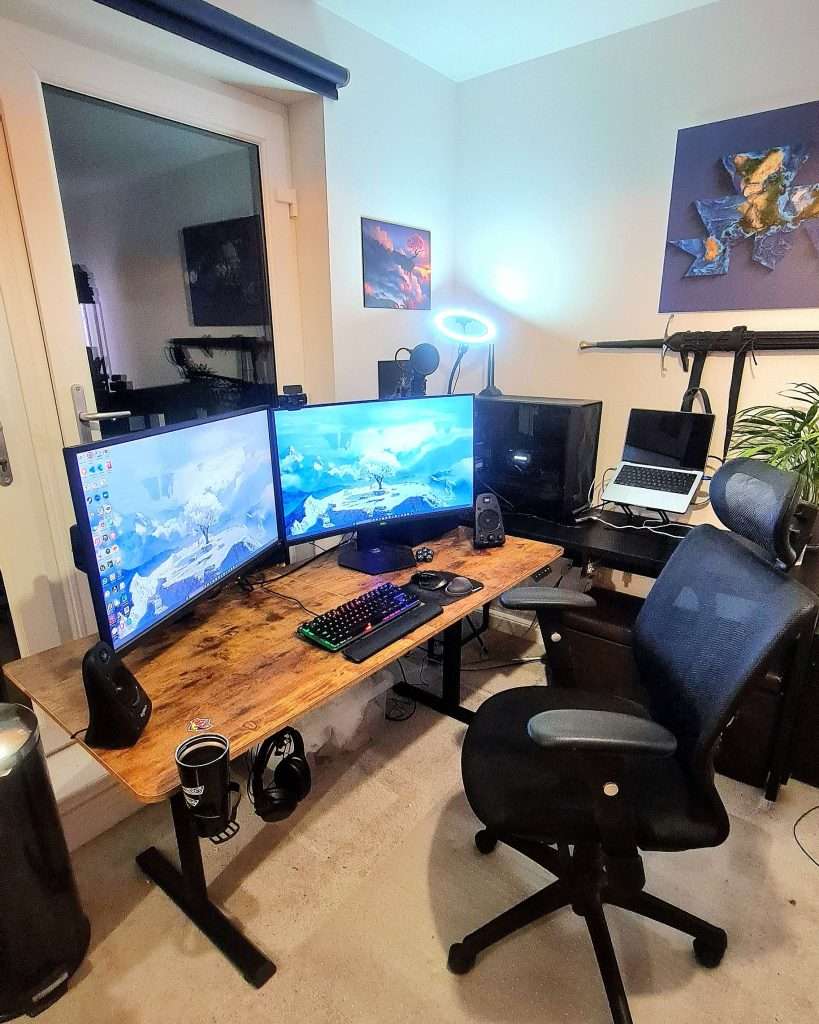
Where and when do you create/are you at your most creative?
I’m a night-time creature by nature, and I do almost all my work well after most people have headed to bed for the night. Without the distractions of other people (as a relatively uncommon writing extrovert) I get to put on some atmospheric music from my favourite SFF films and games and set to work. Mostly I’m at my desk (pictured), but I frequently carve out time when travelling to set down a laptop late after a day of adventures to put some of my new inspiration to the page.
What’s the best advice you’ve received about creativity?
Creativity doesn’t come without inspiration, and there’s no one true source of inspiration that fuels everyone. For me I need a huge diversity of sources before I can detach my inspiration from whatever it was that I saw or read last and bring something new out of the cauldron of media and places I’ve developed over time.
What’s your writing soundtrack?
I have two main playlists, one “atmospheric†and the other “epicâ€, both curated from dozens of games, TV shows, and films. Ori and the Blind Forest and Journey contributed to my atmospheric playlist, and Hans Zimmer and Howard Shore are key composers in my epic one.
The quickfire round
Sci-fi, fantasy or horror?
Fantasy, at a push
Quiet or loud?
Quiet
Dark or light?
Light
Strict lines or genre blend?
Genre blend
Awards or bestseller?
Awards
Fiction or non-fiction?
Fiction
Poetry or prose?
Prose
Plotter or pantser?
Plotter
Reading or listening?
Listening
Notebook or computer?
Computer
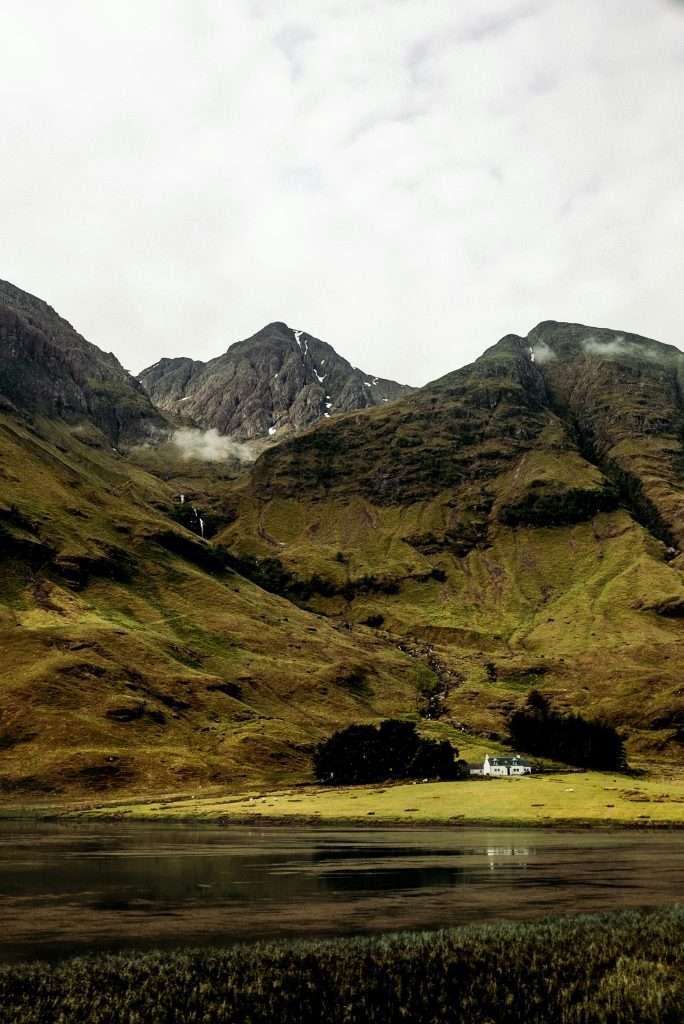
The wilds of Scotland figure highly in Tristan’s work (photo by Mitchell Trotter on Unsplash)
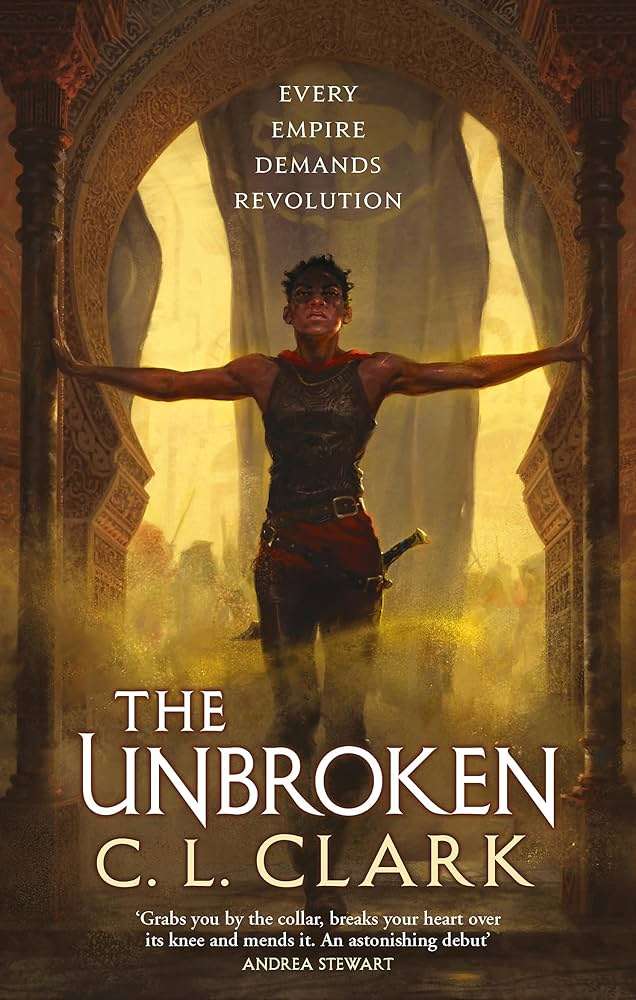
Favourite SFFH book of all time?
Magician, by Raymond E Feist
Last book you read?
The Unbroken, by C.L. Clark (pictured)
Any SFFH author on auto-buy?
Tamsyn Muir
Favourite podcast?
Breaking the Glass Slipper
The home stretch
What’s the best thing about being a SFFH writer?
Being constantly surrounded by people excited for the next adventure, either shaping their own or disappearing into someone else’s.
Time to plug your stuff! Where can we find you and your work? What have you got coming up? Consider this your advertising space.
I’ll be publishing the last entry of my series of novelettes at the end of this month, debuting at Edinburgh’s home SFF book festival, Cymera, next week! The Red Raven rounds out the series as a tale of revenge at an epic scale of gods and monsters but told through six small adventures through Scottish folklore.
Later this year at WorldCon, all six tales will be re-released as a complete novel, re-edited with the help of my Gaelic and Scots editors to be as true to the languages and heritage of Scotland as a fantasy tale can be!
You can find all my stories at my website with links for where you can pick them up.
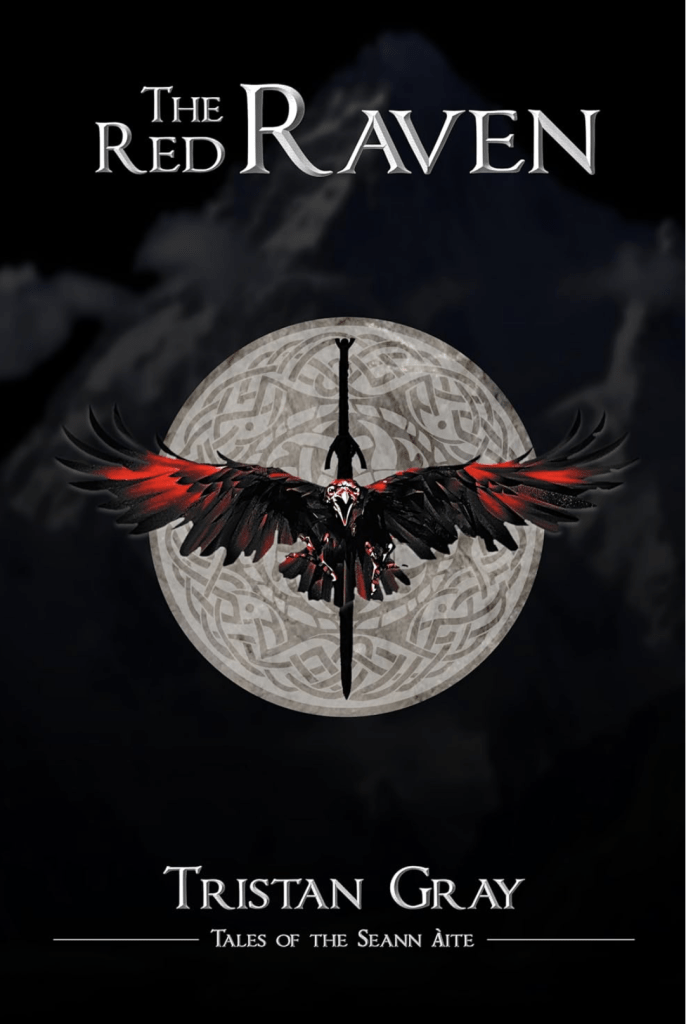
You can find me across social media:

